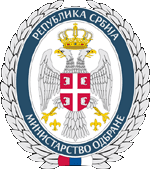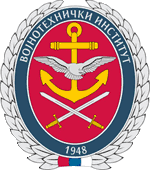|
REPUBLIC OF SERBIA MINISTRY OF DEFENCE
MINISTRY OF DEFENCE Material Resources Sector Defensive Technologies Department
|
AERODYNAMIC PREDICTION FOR hb-1 AND
hb-2 SUPERSONIC
ROKETSAN Missile Industries Inc., Ankara-Türkiye, eceliker@roketsan.com.tr Oral Akman ROKETSAN Missile Industries Inc., Ankara-Türkiye, oakman@roketsan.com.tr Gökhan Akar ROKETSAN Missile Industries Inc., Ankara-Türkiye, Design Engineer,gakar@roketsan.com.tr Alİ Akgül ROKETSAN Missile Industries Inc., Ankara-Türkiye, aakgul@roketsan.com.tr
Abstract: In this article, aerodynamic prediction tools: engineering-level and Computational Fluid Dynamics (CFD) are validated for rocket/missile systems at hypersonic and supersonic speeds. There are famous test cases: HB-1 and HB-2 are used for aerodynamic analyses by using FLUENT and CFD++ commercial CFD packages and engineering-level missile aerodynamic codes: Missile DATCOM, MISL3 and Aeroprediction (AP). Computations are carried out at Mach numbers ranging from 1.5 to 10 and angle of attack ranging from -4º to 16º. Computational results are compared with the experimental data presented. As a conclusion, CFD results are in good agreement with experimental data as expected, also engineering-level missile aerodynamic codes can be still used for conceptual aerodynamic design phase.
Key words: Wind Tunnel Experiment, Supersonic and Hypersonic Test Cases, Computational Fluid Dynamics (CFD), Engineering-level Missile Aerodynamic Codes.
|
|||||||||||
|
||||||||||||

